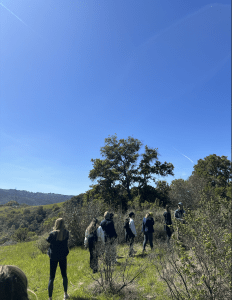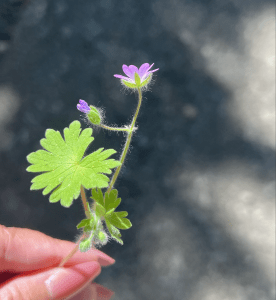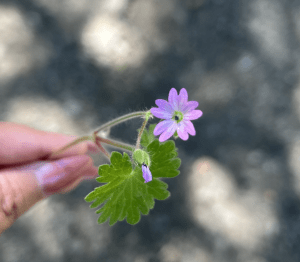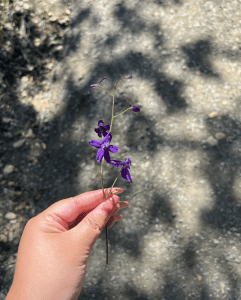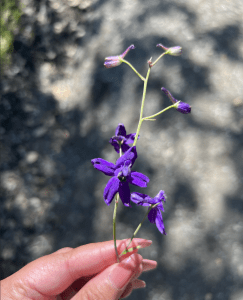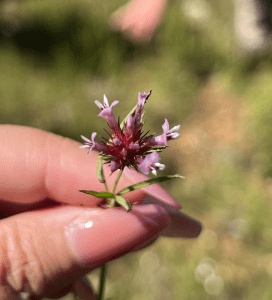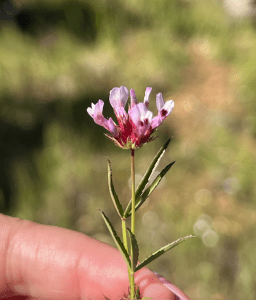
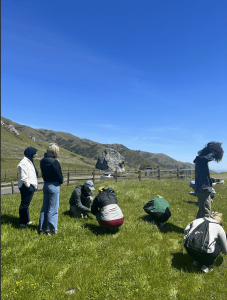
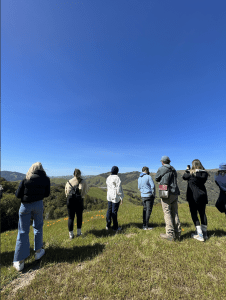
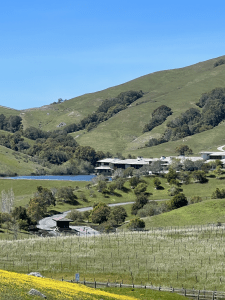
Hey guys!! Welcome to the 7th field trip blog post. This time we went to Big Rock Mountain, which is just located an hour away from the University of San Francisco. This mountain range is north of Mount Tamalpais and near Skywalker Ranch, making it a picturesque location to explore the diverse plant species of California. On this trip, I was pleasantly surprised to find that the trail was a bit easier than I anticipated 😅. We were able to see a range of plant species, from the old to the new. I am excited to share my experience with you and I have attached some photos from the trip for you to enjoy. So sit back and relax, let’s dive into the world of botany at Big Rock Mountain!!
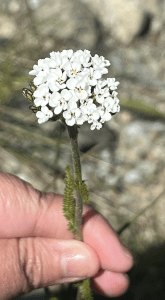
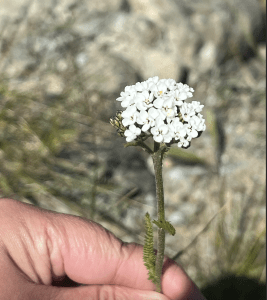
- Taxon: Achillea millefolium
- Taxon Common Name: Yarrow
- Parent Taxon: Asteraceae
- Description:
-
Habit: Perennial herb. Leaf & Stem: Lanceolate shaped leaves; Leaves are narrow and finely divided, feathery and fern-like; the leaves and/or stem are often covered in fine hairs, but not always; . Flower: Head Inflorescence; White to pink ray flowers. Fruit: Fruit is a cypselae or achene
-

- Taxon: Castilleja densiflora
- Taxon Common Name: Owl’s Clover
- Parent Taxon: Orobancaceae
- Description:
-
Habit: Herbaceous flowering plant. Leaf & Stem: linear or lance-shaped leaves with or without lobes. Flower: small inflorescence and has bracts tipped in white to dull or bright pink or purple; between the bracts appear the flowers, which are somewhat rounded and punched, and white to yellow to pink to purple in color
-

- Taxon: Nemophilia Menziesii
- Taxon Common Name: Baby Blue Eyes
- Parent Taxon: Boraginaceae
- Description:
-
Habit: Annual herb. Leaf & Stem: lower leaves are stalked, lobed and oppositely arranged; upper leaves are more or less sessile and less lobed than lower. Flower: white or blue; five-petaled, bowl-shaped flowers w/ white centers. Fruit: capsule
-

